Dyscalculia 101

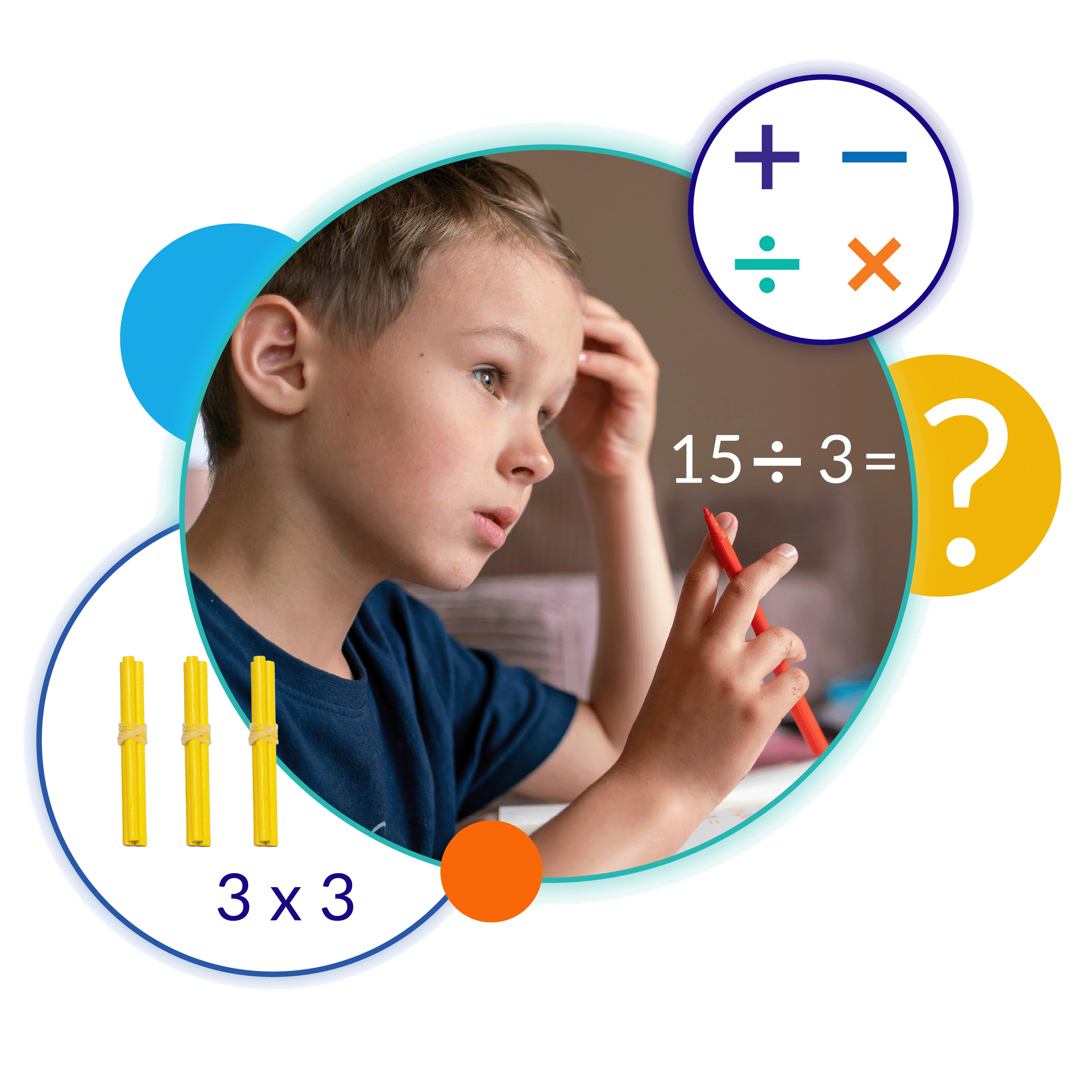
Dyscalculia: The Unaccounted-For Disability
Dyscalculia is a learning disability that affects one’s ability to learn math and may cause difficulty counting. recognizing patterns, telling time, having a sense of direction, and more.
Research shows that people with dyscalculia succeed in math when engaged in multisensory learning methods.
This is similar to how students with dyslexia, a disorder where you may have difficulties identifying how letters and words relate to speech sounds, may benefit from a multisensory approach.
Dyscalculia Statistics: Understanding the Numbers
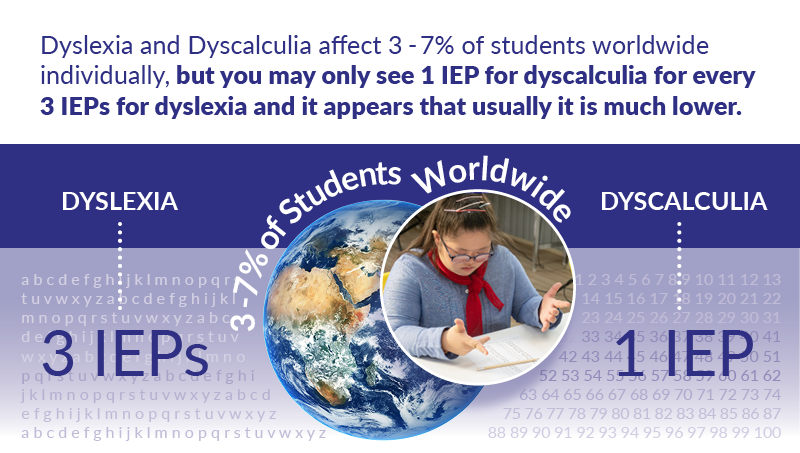
Screen for Dyscalculia as Early as Three
Our dyscalculia screener, DySc, is web-based and can be easily administered by early childhood educators and parents for learners 3-4, 5-7, 8 and up.
Free Dyscalculia Resources
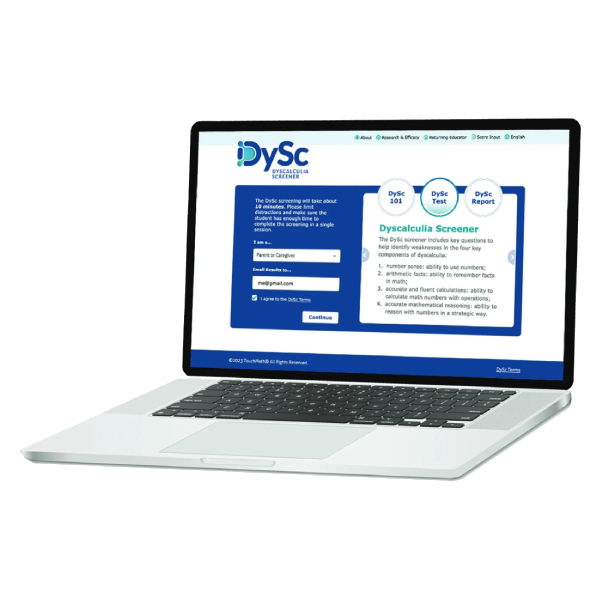
Dyscalculia Screener
Our comprehensive dyscalculia screener, DySc, is aligned to the American Psychiatric Associations DSM-5-TR and available at no cost to help identify weaknesses in four key components of dyscalculia.
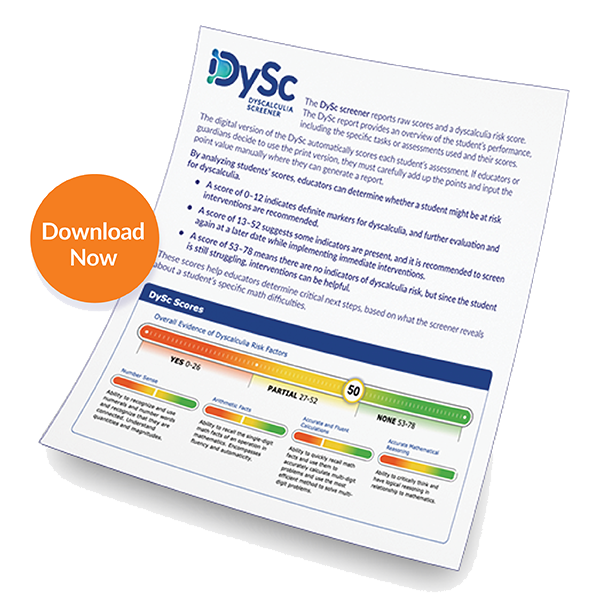
Dyscalculia White Paper
Get everything from what is dyscalculia to evidence-based strategies to support your students in achieving math mastery in our white paper, The Transformative Potential of Early Screening for Dyscalculia, The Discounted Specific Learning Disability.
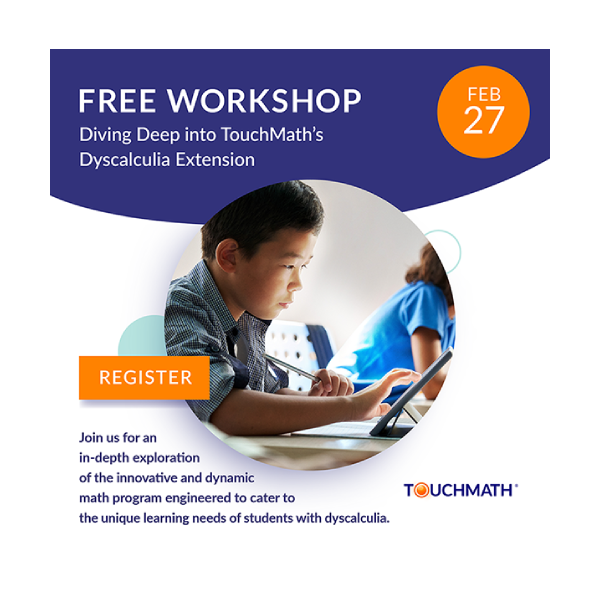
Dyscalculia Workshops
See what growing up undiagnosed with dyscalculia looks like, get lessons, and more with our library of workshop sessions.
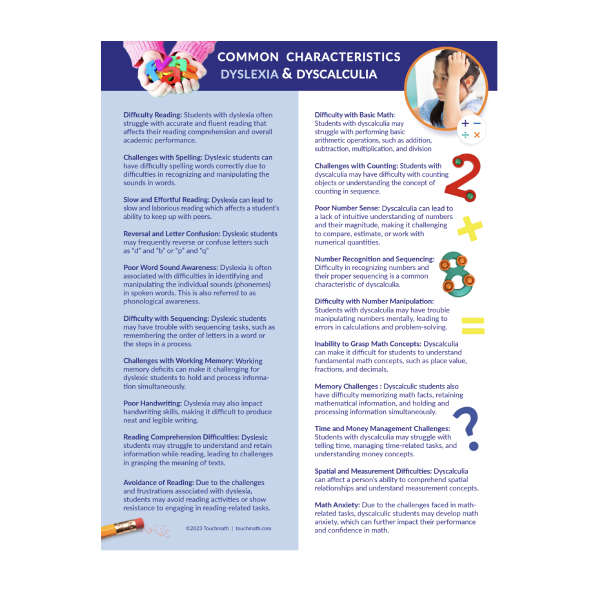
Dyscalculia Knowledge Center
Want more on dyscalculia and TouchMath? Check out our Teacher’s Lounge for blogs, resources, and more!
Want More Resources on Dyscalculia?
We've got you covered! Check out our latest blogs below.
How to Write Strong, Measurable IEP Objectives
How to Write Strong, Measurable IEP Objectives Once you’ve crafted a solid, meaningfully compliant IEP goal, the next step is just as crucial: writing strong objectives. Think of IEP objectives as steppingstones—without them, students are left with a single, distant
Writing Compliant IEPs That Truly Support Student Growth
Writing Compliant IEPs That Truly Support Student Growth It’s that time of year again. Spring break is fading in the rearview mirror, statewide testing is ramping up, and for special educators, that can only mean one thing—IEP season is in
Understanding ATSI Funding: What It Is and How Schools Can Access It
Understanding ATSI Funding: What It Is and How Schools Can Access It Across the United States, educators are always looking for ways to better support students, especially those facing significant learning challenges. One important resource available to help address these
How to Write Strong, Measurable IEP Objectives
How to Write Strong, Measurable IEP Objectives Once you’ve crafted a solid, meaningfully compliant IEP goal, the next step is just as crucial: writing strong objectives. Think of IEP objectives as steppingstones—without them, students are left with a single, distant
Writing Compliant IEPs That Truly Support Student Growth
Writing Compliant IEPs That Truly Support Student Growth It’s that time of year again. Spring break is fading in the rearview mirror, statewide testing is ramping up, and for special educators, that can only mean one thing—IEP season is in
How to Write Strong, Measurable IEP Objectives
How to Write Strong, Measurable IEP Objectives Once you’ve crafted a solid, meaningfully compliant IEP goal, the next step is just as crucial: writing strong objectives. Think of IEP objectives as steppingstones—without them, students are left with a single, distant
Download: 10 Common Signs of Dyscalculia
Want the latest and greatest on dyscalculia and math interventions from TouchMath?
Complete the form to get monthly updates, resources, articles, Fun Sheets and more! Once submitted, you will get immediate access to our downloadable, 10 Common Signs of Dyscalculia.



